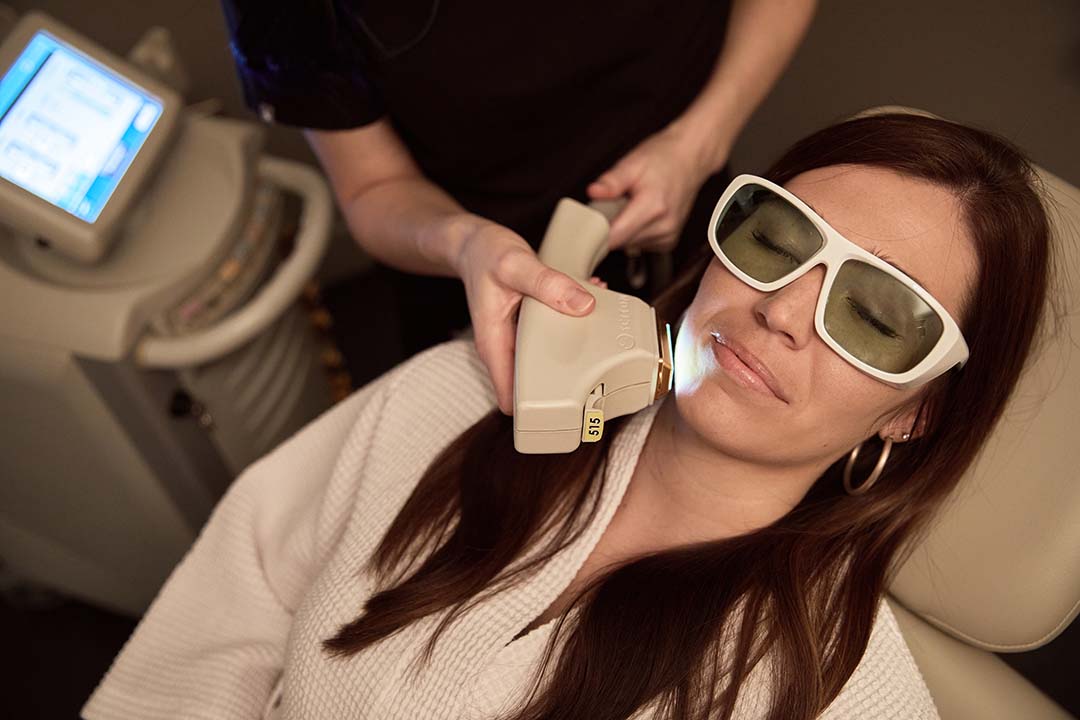11 Frequently Asked Questions About: Breast Implant-Associated Anaplastic Large Cell Lymphoma (BIA-ALCL) With the recent public FDA hearing on breast implant safety, and attention on social media surrounding issues like breast implant-associated anaplastic large cell lymphoma, the team at Capizzi, M.D. believes that this topic is one that need to be discussed. We have gathered …
11 Frequently Asked Questions About:
Breast Implant-Associated Anaplastic Large Cell Lymphoma (BIA-ALCL)
With the recent public FDA hearing on breast implant safety, and attention on social media surrounding issues like breast implant-associated anaplastic large cell lymphoma, the team at Capizzi, M.D. believes that this topic is one that need to be discussed. We have gathered and organized some of our most frequently asked questions around this topic so that you may have the most accurate information surrounding breast implant safety.
What is Breast Implant-Associated Anaplastic Large Cell Lymphoma?
Also called BIA-ALCL, Breast Implant-Associated Anaplastic Large Cell Lymphoma is a type of cancer of the immune system found in the scar tissue and fluid surrounding an implant. BIA-ALCL is not a breast cancer.
Is BIA-ALCL a type of breast cancer?
BIA-ALCL is NOT a breast cancer. Anaplastic Large Cell Lymphoma is a type of non-Hodgkin’s lymphoma, a cancer of the cells of the immune system. It can develop in many areas of the body, including the lymph nodes and skin. BIA-ALCL is a type of lymphoma that can occur with many medical devices including textured breast implants. Although found in the breast, it is not a breast cancer.
What are symptoms of BIA-ALCL?
Symptoms of the disease include persistent swelling and pain around the breast implant. They may occur long after the surgery has been completed, often years after placement.
How many people have been diagnosed with BIA-ALCL?
Breast implant surgeries began in the 1960’s and have gained popularity every year since their debut. In 2018, over 313,000 women had breast implants placed, a 4% increase from 2017. Including implants placed in previous years, as of September 30, 2018, the FDA had received 457 unique reports of confirmed BIA-ALCL.
Who is at risk?
Although any person with breast implants is at risk, most confirmed cases have occured in patients with textured implants. There does not seem to be a correlation between saline or silicone being a risk factor for BIA-ALCL at this point.
I have been diagnosed with BIA-ALCL, what can I do?
If you have been diagnosed with BIA-ALCL, treatment recommendations include getting the implant and capsule surrounding the implant removed, and in some patients, treatment with chemotherapy and radiation.
I have not been diagnosed with BIA-ALCL and haven’t noticed a change in my implants, should I do anything?
If you have not been diagnosed, there is no need to change your routine medical care and follow-up. Follow your doctor’s instructions on how to monitor your breast implants and continue routine self-exam and mammography screenings. Board-certified surgeons in the United States are aware of the most up-to-date developments in continued research surrounding BIA-ALCL. If you notice any changes in your implants, promptly schedule an appointment with your provider.
What are the FDA and Plastic Surgery Foundation doing to enhance awareness about this issue?
In addition to ongoing research the FDA, Plastic Surgery Foundation, and other advisory bodies have come together to create a National Breast Implant Registry (NBIR) as a centralized infrastructure for collecting information on all breast implant devices placed in the United States to monitor the long-term and ongoing performance of all breast implants. “The NBIR will provide real-world data that can be used to track how patients respond to their implants and how the implants perform over time,” says Dr. Andrea Pusic, M.D., M.H.S., President of Plastic Surgery Foundation.
I’m concerned, should I have my implants removed?
The FDA and all other countries does not recommend prophylactic removal of implants without cause (e.g. rupture, contracture, infection).
I’m still interested in having my implants removed, what are my options?
Although the FDA does not recommend preventative removal of breast implants, we realize that women may still want to explore this avenue with us. We are here to help you find the best option for your personal goals.
The goal of an implant removal surgery, or explant, is to remove the implant and any scar tissue that may have formed around the breast. Most scar tissue is soft, but if the scar tissue has hardened or is painful then it may need to be removed. Oftentimes, a surgeon is able to make a small incision and remove the implant through that route, then cleaning up the surrounding tissue. Your surgeon may recommend a breast lift during the explant procedure, to reduce the amount of skin that sags after implant removal.
What is an “en bloc removal” and is it necessary?
“En bloc removal” is when the surgeon removes an entire capsule (scar tissue that has formed around the implant) with the implant still inside. This is necessary only if your implant is ruptured, as it can leave a large scar and puts patients at a higher risk for complications. En bloc removal has not been shown to be more effective than removal in a randomized blind scientific study. However, the cry for en bloc removal will place women with implants at a higher risk for complications such as hematoma, seroma, removal of breast tissue, asymmetry, punctured lung, or chronic rib pain. Refer to your surgeon for the best method if you are interested in having your breast implants removed.
The team at Capizzi, M.D. is dedicated to advising our patients with the most up-to-date information regarding breast implant safety so that they may make safe decisions regarding their treatment options. We want our patients to have a positive experience in their journey to their best self.












